目的から探す
ページ番号:21948
更新日:2019年1月4日
ここから本文です。
Hitachi Seaside Park
Hitachi Seaside Park is a government run garden and amusement park located along the coast in Hitachinaka, Ibaraki that has enough beauty and scenery to enjoy at any time of the year.
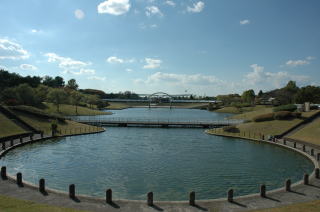
Before opening as a park in 1991, the land where Hitachi Seaside Park is currently located had been used for a variety of reasons, and has changed hands many times over the past 80 years or so. Starting in 1938, the Mito Army Flight School was located at the sight, and many Japanese pilots were trained there during WWII. After losing the war, the land was confiscated by the United States Army in 1946, and was used as an U.S. Army firing range until 1971 when training operations were ceased. During that time, many local residents were displeased with having the firing range there, and there was even an accident in 1949 where a local was killed due to a misfire. Finally, on March 15th, 1973, the entire area was returned to the Japanese Government, and the plans to develop the area into the park it is today began.
Currently, Hitachi Seaside Park is made up of seven different areas covering a total of 190 ha (470 acres, 2 sq km). Each area has a specific theme, and different types of plants and flowers can be seen.One of the areas, named the Pleasure Garden, even consists of an amusement park where nearly 30 different attractions, including a giant Farris wheel, can be enjoyed. The park also is home to an 11km long bike path (rental bikes available!) that winds its way through all seven areas, so you can enjoy the wonderful scenery without having to wear out your legs by walking.
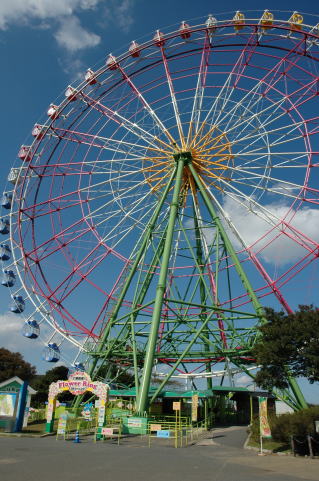
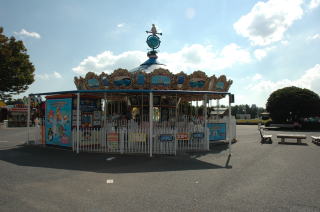
With a vast variety of flowers that bloom at various times of the year, there is almost no point during the year where there isn’t something to see at the park. In the spring there are tulips, nemophila (baby blue-eyes), and rapeseed blossoms. In summer there are poppies, linaria, zinnia, sunflowers, and green kochia. In the fall, the kochia slowly turn red, and there are cosmos and Hitachi fall buckwheat flowers. In winter, ice tulips (tulips that bloom with snow on the ground) and daffodils can been enjoyed. Finally, an array of natural wild flowers and grasses can be seen and various points all year round
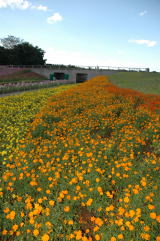
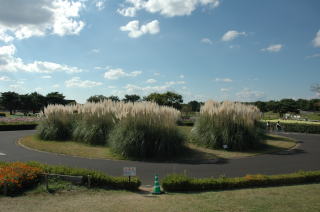
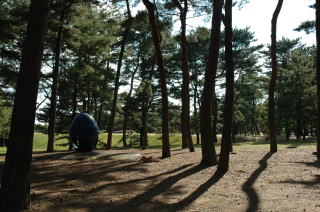
By far, the most popular flowers are the nemophila flowers in spring and kochia in the fall. Both are planted across an area called Miharashi Hill, which is also home to two traditional Japanese houses, one from the mid 1600’s and one from 1706, relocated from different parts of Japan.During the nemophila season (between late April and mid-May), nearly 4.5 million blossoms can be seen. Dyeing the entire hill a vivid blue, the sky and nemophila flowers create an ocean of blue as far as the eyes can see. It truly is a breathtaking sight.
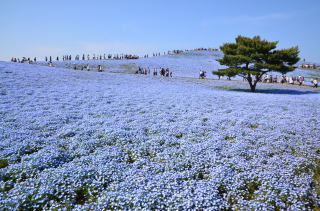
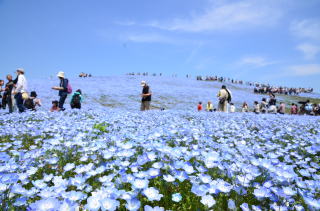
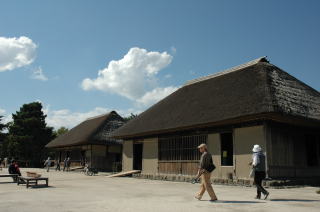
Nearly 32,000 green kochia (also called “broom-grass” in Japanese, as they can be dried and made into brooms) are planted as seedlings by hand at the beginning of July. As the plants grow, the space between them shrinks and the entire hill takes the form of a fluffy green cloud. As fall progresses, the green kochia slowly turn a deep red. (Since the park mainly consists of evergreen trees, it is said they started planting kochia so that visitors can truly experience all four seasons.)
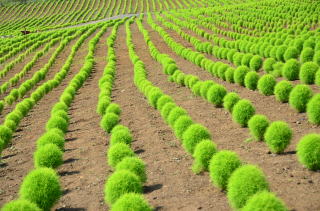
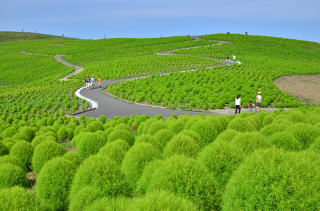
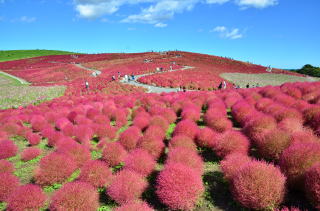
Next to the hill, nearly 2 million cosmos bloom in shades of pink, red, and white in order to further accent the red kochia. The guide said that the ratio of pink, red, and white is the park’s own special blend with a higher percentage of pink flowers in order to better match the kochia. Also, in the area in front of the traditional Japanese houses, nearly 1.5 million white Hitachi fall buckwheat flowers bloom. Many visitors try their best to angle their cameras to capture all three areas in one shot. After the kochia dry out the park cuts them, and visitors can try their hand at making kochia brooms as well. The cut kochia are also used in the park’s yearly giant zodiac drawing which is usually on display until early January. (The fluffy kochia are a perfect match for 2015, which is the year of the sheep!)
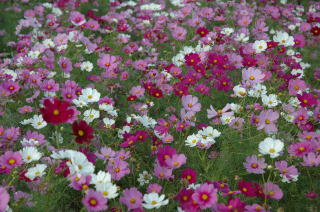
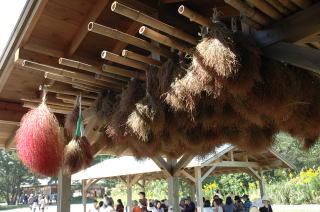
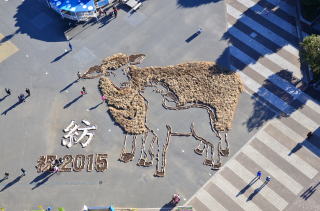
To go along with the nemophila and kochia seasons, the park has created various treats only available during each season. Some of the treats include nemophila ice cream, kochia ice cream, nemophila curry, and kochia curry. The bright red and blue curries are quite the sight, but the park guide assured us that the flavor is none other than a delicious curry. I definitely recommend them to anyone who is interested in trying strange looking dishes!!
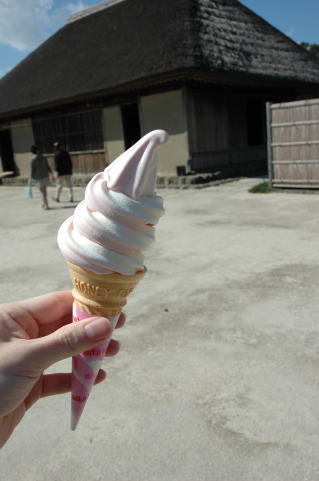
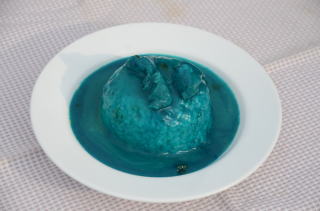
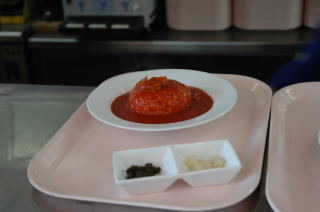
So if you are looking for a nice place to take your family or simply looking for a place to stretch your legs and take in some beautiful nature, Hitachi Seaside Park is a must see in Ibaraki!
Address: 605-4 Onuma-Aza, Mawatari, Hitachinaka, Ibaraki 312-0012
Tel: 029-265-9001
For admission fees, park hours, and days closed, please check Hitachi Seaside Park’s English homepage here.
back to "One day in Ibaraki"